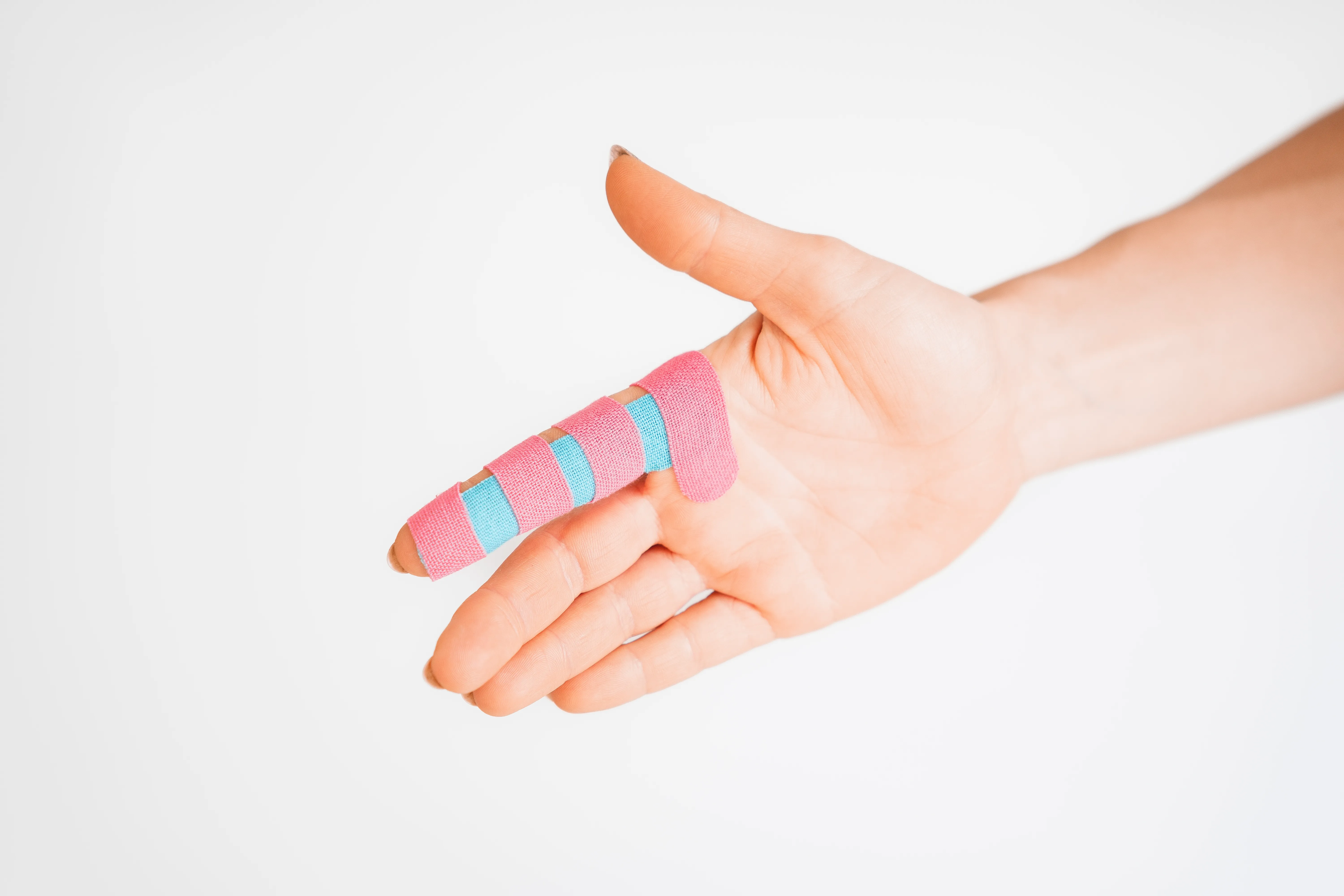How does K-Active® Tape help with finger pain?
K-Active® Tape offers a versatile solution for finger pain thanks to its unique properties. It stabilizes the finger and joints, which reduces strain and increases stability without restricting freedom of movement. The elastic and self-adhesive structure of the tape gently lifts the skin and stimulates the sensory receptors, which reduces the perception of pain and accelerates healing. The tape also promotes blood circulation and lymph flow, which reduces swelling and inflammation. The improved proprioception helps to correct incorrect posture and prevent new injuries. Overall, the K-Active® Tape supports fast and effective healing of finger pain.



